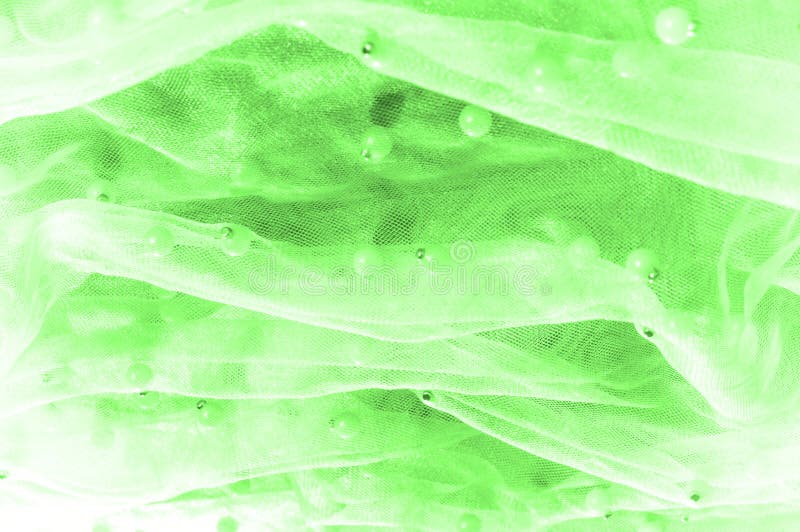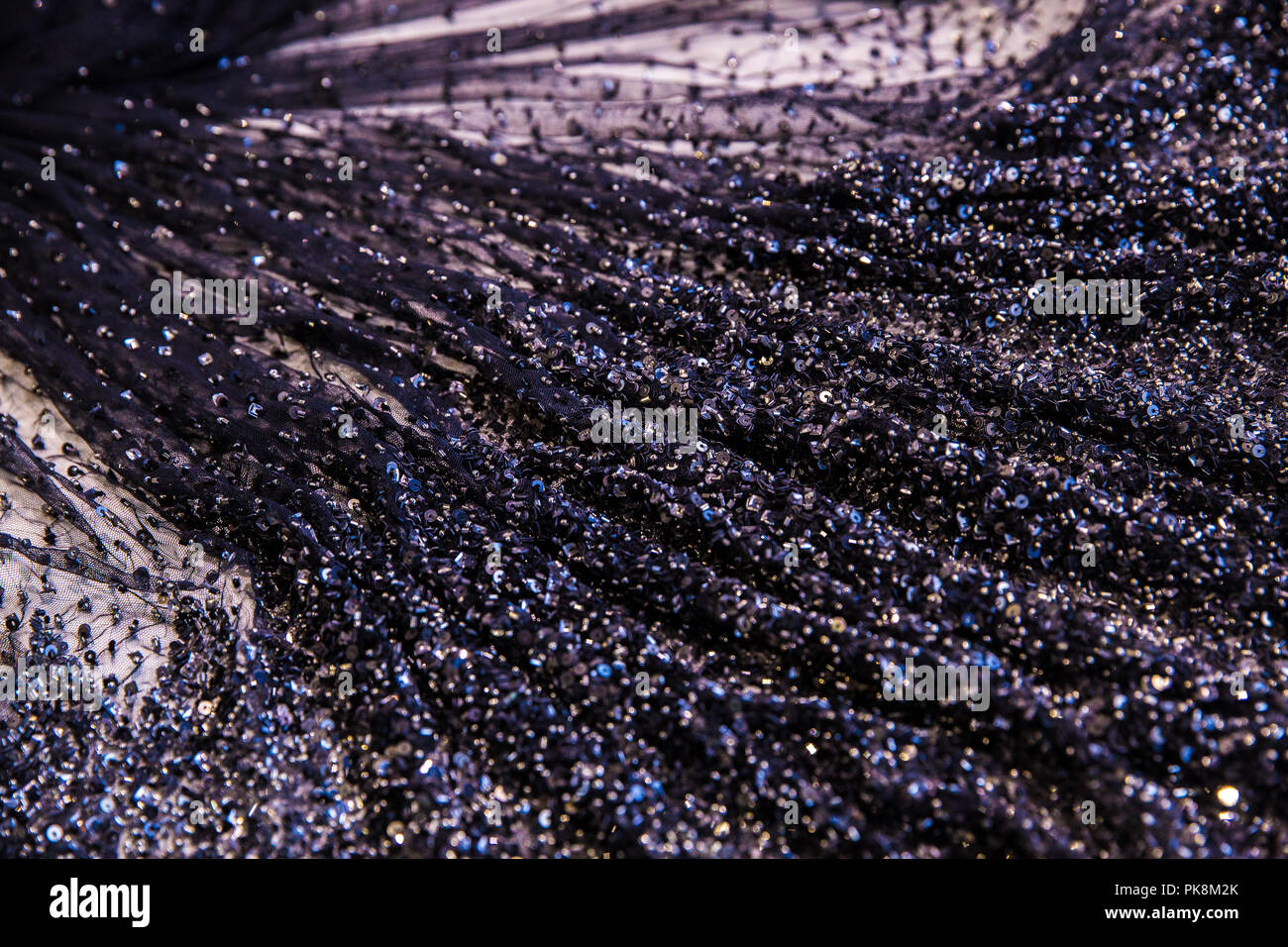


We also use these cookies to understand how customers use our services (for example, by measuring site visits) so we can make improvements. A DIY devotee, she is always seeking out sustainable ways to reduce the energy footprint of her 107-year-old home.We use cookies and similar tools that are necessary to enable you to make purchases, to enhance your shopping experiences and to provide our services, as detailed in our Cookie Notice. Heidi Wachter has been writing about health and the environment for over a decade. Close them at night to reap the benefits of their insulating, privacy, and sound-reducing properties.įor even more insulation, you can combine curtains mounted on the outside of the window frame with a blind that's mounted inside the window frame. This will also alleviate condensation build-up.

Open your curtains during less hot parts of the day in summer or warmer parts of the day in winter. But a downside of channel style curtains is that they can be fussy to get them to hang nicely and pleat evenly. However, channel-style curtains can also be great for thermal and blackout curtains, because they have the fewest gaps or perforations in the fabric to let light and air through. Most of the curtains on this list use grommets, which are easy to put up and tend to make the pleats of the curtain look nice and even. Tabs and curtain rings tend to leave a lot of space at the top of the widow, so we don't recommend these styles for thermal curtains. The four most common curtain header types are grommet, channel, top tabs, and curtain rings. The curtain header refers to the way a curtain attaches to the rod. Eliminate gaps by generously overlapping the curtains in the middle. You can add a valance above the drape to reduce air infiltration. Once you've hung the curtain, consider sealing it on all sides with Velcro, magnetic tape, or self-adhesive weather stripping to reduce thermal transmittal most-effectively. Choose those that drop to the windowsill or floor. Get the most bang for your buck by hanging your curtain as close to the window frame as possible. But a properly fitted insulating curtain can boost that to R-6. A standard curtain has an R-value of R-1. The higher the R-value of a material, the more insulation it provides. If you live in a particularly hot area or want a window treatment for West or South-facing curtains, choose light-colored backings to reflect light and reduce solar gain. Sometimes a fourth layer is added to serve as the vapor barrier. The third layer, known as the backing, protects the inner layer from sunlight, and sometimes condensation that forms around windows. Then there is a middle layer composed of thermally resistant material like foam, felt, flannel, or thick cotton batting. These are typically made of woven materials like cotton, polyester, linen, wool, or silk. Like any curtain, there is a layer of decorative fabric that faces into the room. Most thermal curtains are made with three layers of material (but two and four layers are available). What to Look for in Thermal Curtains Layers If you want to take your UV-blocking ability outdoors, then Deconovo is a good option. If you're looking for a sustainable option that offers room darkening as well as thermal insulation for your windows, Moondream offers an array of choices and colors that are OEKO-TEX certified. Here are some of our favorite thermal curtains on the market today: Despite the fact that they often include polyester, we believe that the energy savings are worth it. They can reduce heat loss by up to 25% in the winter months and reduce solar gain by 33% in summer months. Still, the layers can improve the overall energy efficiency of a home or office. It can be challenging to find these curtains made of sustainable fabrics and materials. Made of several layers of materials and fabric, they are designed to provide thermal resistance (known as R-value) and prevent thermal transmittance conductivity (known as U-value). During summer, thermal curtains block solar gain and reduce the amount of heat that can get through windows. In winter, they are an insulating barrier between the chilly outside air and warm inside air. Thermal curtains, on the other hand, are a comparatively inexpensive method to help keep rooms warmer or cooler.
#TRANSLUCENT FABRIC HANGING WINDOWS#
Replacing windows is a good strategy for reducing energy bills and planet-heating emissions, as well as increasing your comfort, but this can also be pane-fully expensive. If you live in a climate with especially hot or cold weather, you probably already know that curtains are more than window dressing, as they help regulate light and heat.


 0 kommentar(er)
0 kommentar(er)
